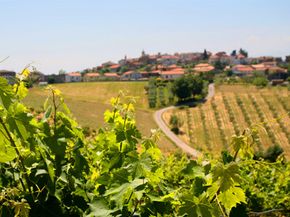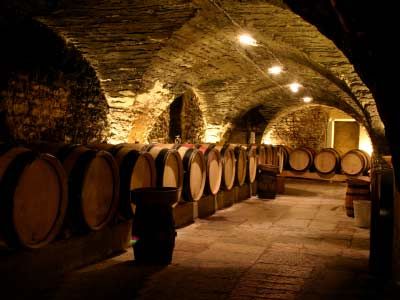On the east coast of Italy, south of the boot cuff, in the temperate region known as the mezzogiorno, is Abruzzo [source: Wine Country]. On its western side, Abruzzo contains some of Italy's tallest mountains. On its east is the shore of the Adriatic Sea. Though Abruzzo has neither the hordes of tourists nor the large population centers of other parts of Italy, its profile in the wine world has been rising steadily.
Abruzzo -- sometimes called Abruzzi -- only recently made the shift from mass production to boutique-style bottle production, at the instigation of growers such as Gianni Masciarelli [source: Wine Spectator]. The region actually produces more wine than many higher-profile areas, such as Tuscany. Much Abruzzo wine is shipped to northern Italy or France, where it is blended with local varieties. But the wines that remain are drawing attention and awards from such institutions as Decanter.
Advertisement
Four Abruzzo wines have been certified:
- Controguerra (DOC)
- Trebbiano d'Abruzzo (DOC)
- Montepulciano d'Abruzzo (DOC)
- Montepulciano d'Abruzzo Colline Teramane (DOCG)
DOC stands for "Denominazione di orogine controllata." A DOC wine is origin certified; a DOCG wine is origin certified and guaranteed -- that is, subject to the most stringent controls on location and production [source: Wine Country].
There is disagreement about the merit of the DOC and DOCG designations. One Tuscan site notes that many bottles of the local DOC are "better drinking" than the more renowned local DOCG, and another reviewer notes "there is in fact no guarantee" of superiority. In an Italian grocery store, it's possible to spend a couple of Euro on a very good bottle of uncertified wine from an anonymous vineyard. If you're buying your wines from outside Italy, however, certification is a useful guide.
This article looks at the history, culture and agriculture of the Abruzzo region. We'll also examine each of Abruzzo's certified wines in more detail. Andiamo!
Advertisement

